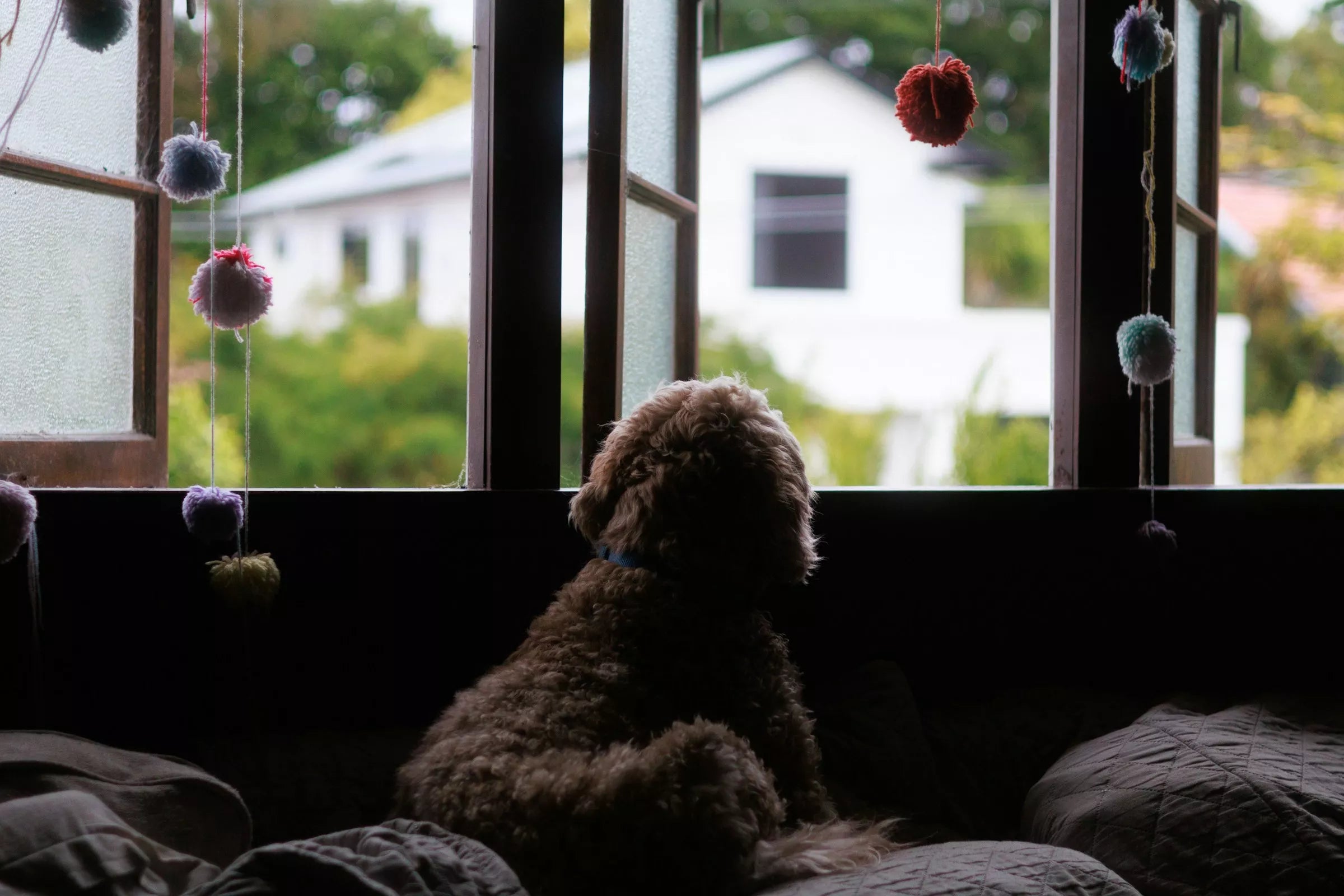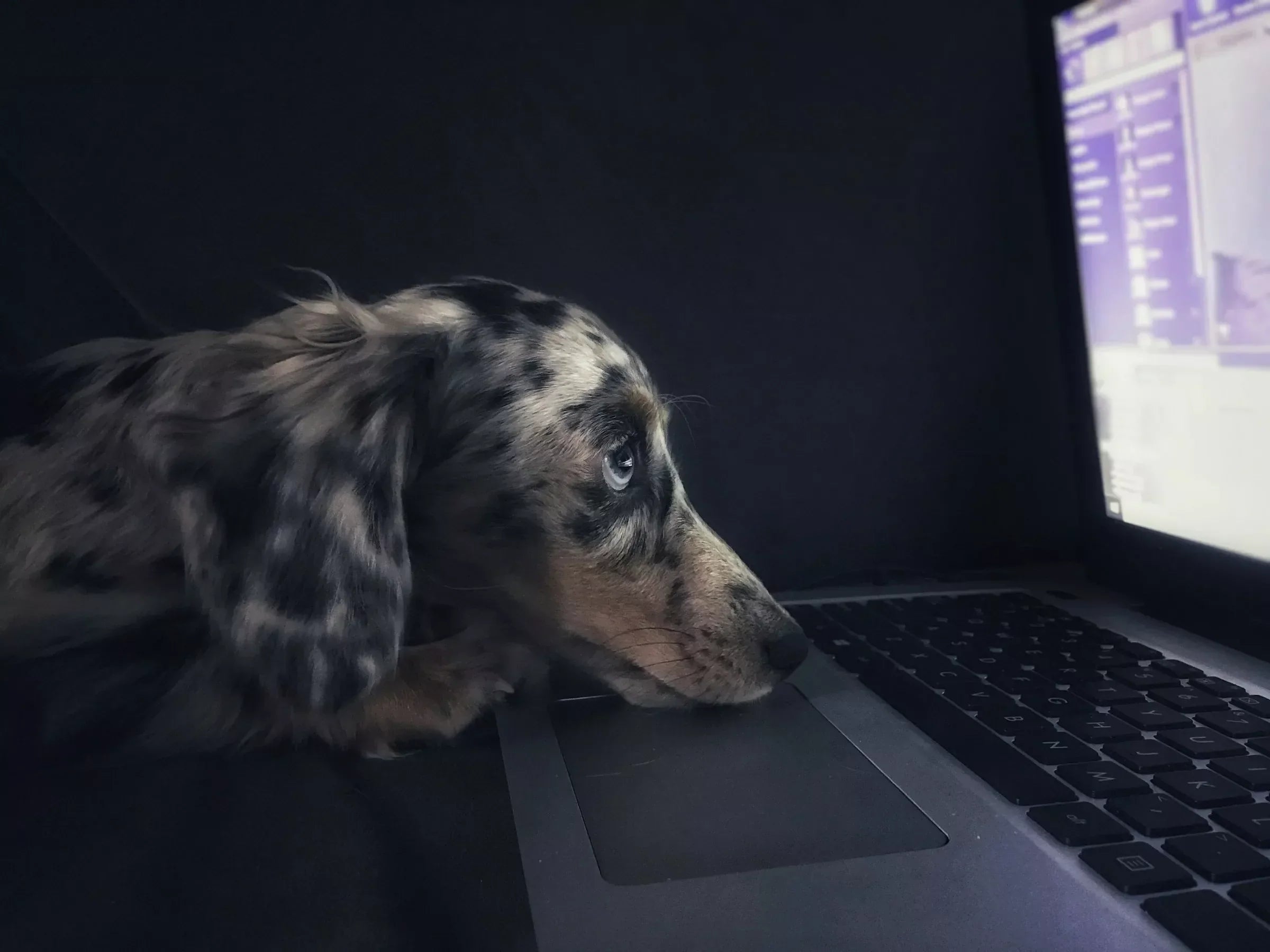Introduction
As a loving dog parent, your dog’s health and safety are probably your top priorities. You probably think you’ve got everything under control, but did you know that many common items around your home could actually be dangerous for your furry friend? Some things you use every day may seem harmless to you but could pose a serious threat to your dog. Let’s walk through six common household items that can be toxic to dogs and what you can do to keep your pup safe.
1. Chocolate

Why Is Chocolate Dangerous for Dogs?
Most dog parents have heard that chocolate is bad for dogs, but do you know why? The reason lies in two components: theobromine and caffeine, which are found in chocolate. While humans can easily metabolize these substances, dogs can’t process them as quickly, which leads to toxic buildup in their system.
Symptoms of Chocolate Poisoning in Dogs
If your dog gets into your chocolate stash, symptoms can show up pretty quickly. You might notice vomiting, diarrhea, rapid breathing, or even seizures depending on how much they’ve eaten. Dark chocolate and baking chocolate are particularly dangerous because they contain higher levels of theobromine. If you suspect your dog has eaten chocolate, it’s best to contact your vet right away.
2. Cleaning Products

Harmful Ingredients in Household Cleaners
Cleaning products are everywhere in our homes, and while they help keep things tidy, many contain chemicals that are hazardous to your dog. Ingredients like bleach, ammonia, and phenols can irritate your dog’s skin, eyes, and lungs. Worse yet, if ingested, these chemicals can lead to severe internal damage.
How to Keep Your Dog Safe Around Cleaning Products
Keep all cleaning supplies securely stored where your dog can’t reach them. When cleaning, make sure your dog is out of the area, and ensure the surfaces are completely dry before letting them walk on them again. You might also consider switching to pet-friendly or natural cleaning products, but even these should be used with caution.
3. Grapes and Raisins

Why Grapes Are Extremely Toxic
You might love snacking on grapes, but for dogs, they are incredibly dangerous. Even a small amount of grapes or raisins can cause kidney failure in some dogs, and we’re still not sure exactly why they’re so toxic to our four-legged friends.
Signs of Grape Poisoning
If your dog ingests grapes or raisins, you’ll likely notice symptoms like vomiting, lethargy, or loss of appetite within hours. Kidney failure can follow, which is life-threatening. Time is of the essence here, so make sure to contact your vet immediately if this happens.
4. Medications (Both Over-the-Counter and Prescription)

Common Medications That Are Dangerous
Medications that work wonders for humans can be highly toxic to dogs. Pain relievers like ibuprofen and acetaminophen, cold medicines, antidepressants, and even common supplements like vitamins can cause serious health issues for your pup. Even small doses of some medications can lead to poisoning, so it’s important to keep your dog far away from your medicine cabinet.
Steps to Prevent Accidental Ingestion
Make sure all medications, whether prescription or over-the-counter, are stored out of your dog’s reach. It’s also a good idea to avoid leaving pills on countertops or tables where curious noses might find them. If your dog does happen to get into your medicine, contact a vet immediately.
5. Xylitol (Artificial Sweeteners)

Where Is Xylitol Found?
Xylitol is a common sugar substitute found in many products like sugar-free gum, baked goods, candy, and even some peanut butter brands. While it’s a safe alternative for humans looking to cut back on sugar, xylitol can be deadly for dogs.
What Happens When Dogs Eat Xylitol?
Even in small amounts, xylitol can cause a dangerous drop in your dog’s blood sugar, leading to hypoglycemia. Symptoms of xylitol poisoning include vomiting, weakness, seizures, and in severe cases, liver failure. Always check ingredient labels, especially when offering human food to your dog.
6. Plants (Such as Aloe Vera and Lilies)

Common Toxic Plants in Homes
Plants bring life and beauty into our homes, but some can pose a serious risk to your dog’s health. Common houseplants like aloe vera, lilies, and sago palms are toxic to dogs. Aloe vera, though great for soothing our skin, can cause vomiting and diarrhea in dogs if ingested. Lilies, especially for smaller dogs, can lead to severe reactions including organ failure.
What to Do If Your Dog Eats a Toxic Plant
If you discover your dog chewing on a houseplant, check to see if it’s toxic, and call your vet right away. In some cases, inducing vomiting or other emergency measures might be necessary, but your vet will give you the best advice based on the specific situation.
How to Protect Your Dog from Household Toxins
Now that you know about these common dangers, let’s talk about how to make your home as safe as possible for your dog.
Safe Storage Tips for Hazardous Items
Prevention is key! Always store potentially harmful items like medications, cleaning products, and certain foods in places your dog can’t access. High shelves, cabinets with childproof locks, and storage bins are great options to keep curious pups away from danger.
Regular Check-Ups and Knowing the Signs of Poisoning
It’s also a good idea to familiarize yourself with the signs of poisoning: vomiting, drooling, lethargy, unsteady walking, and seizures are common symptoms to look out for. Regular vet check-ups will help catch any potential health issues early, and having a pet poison hotline number saved in your phone could be a lifesaver.
Conclusion
Your home is your dog’s sanctuary, so it’s important to make sure it’s as safe as possible. By keeping these toxic household items out of reach and being aware of the signs of poisoning, you’re taking big steps toward protecting your furry family member. It only takes a few small changes to create a space where your dog can thrive without the risk of harm. Stay informed, stay cautious, and give your pup all the love and care they deserve!
FAQs About Household Toxins and Dogs
1. Can small amounts of chocolate be safe for dogs?
No amount of chocolate is safe for dogs. Even small amounts can cause health issues depending on the size of your dog and the type of chocolate.
2. What should I do if my dog eats something toxic?
Call your vet or a pet poison hotline immediately. They can guide you on the next steps, which may include inducing vomiting or seeking emergency care.
3. Are natural cleaning products safe for pets?
While natural cleaning products can be less harmful, they can still cause irritation or health problems if ingested. Always keep pets away from cleaning products and rinse surfaces thoroughly.
4. How do I know if a plant is safe for my dog?
Before bringing a new plant into your home, check if it’s toxic to dogs. Websites like the ASPCA’s toxic plant database are helpful resources.
5. Is human food generally bad for dogs?
Not all human food is harmful, but many items, like grapes, chocolate, and foods containing xylitol, can be toxic. Always check with your vet before offering your dog any new foods.















Share:
Should I Bring Water on Dog Walks?
Housebreaking Your Puppy in Just 7 Days